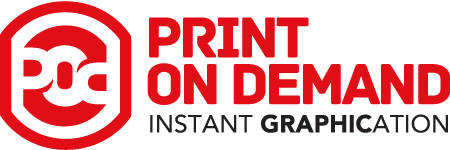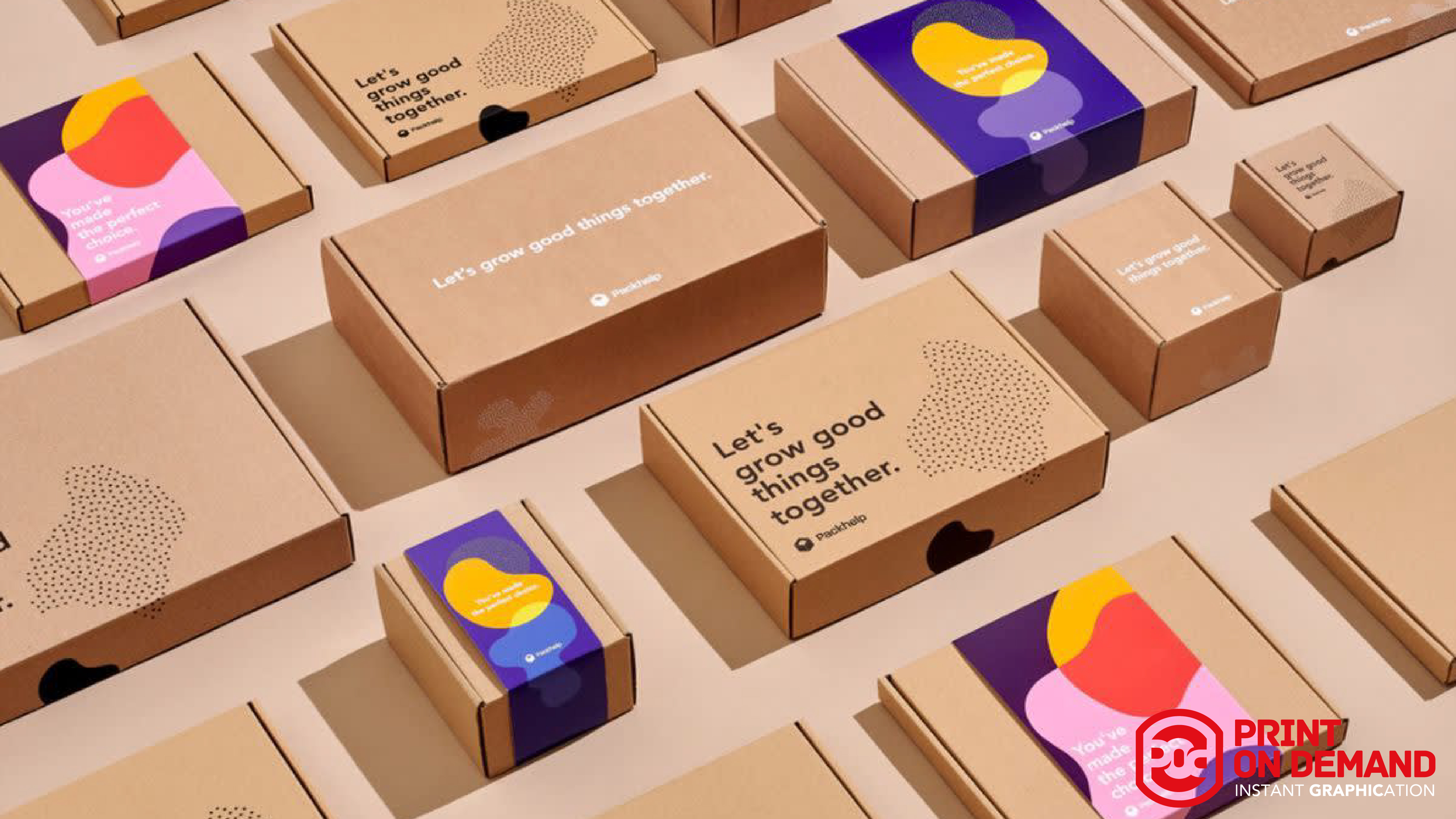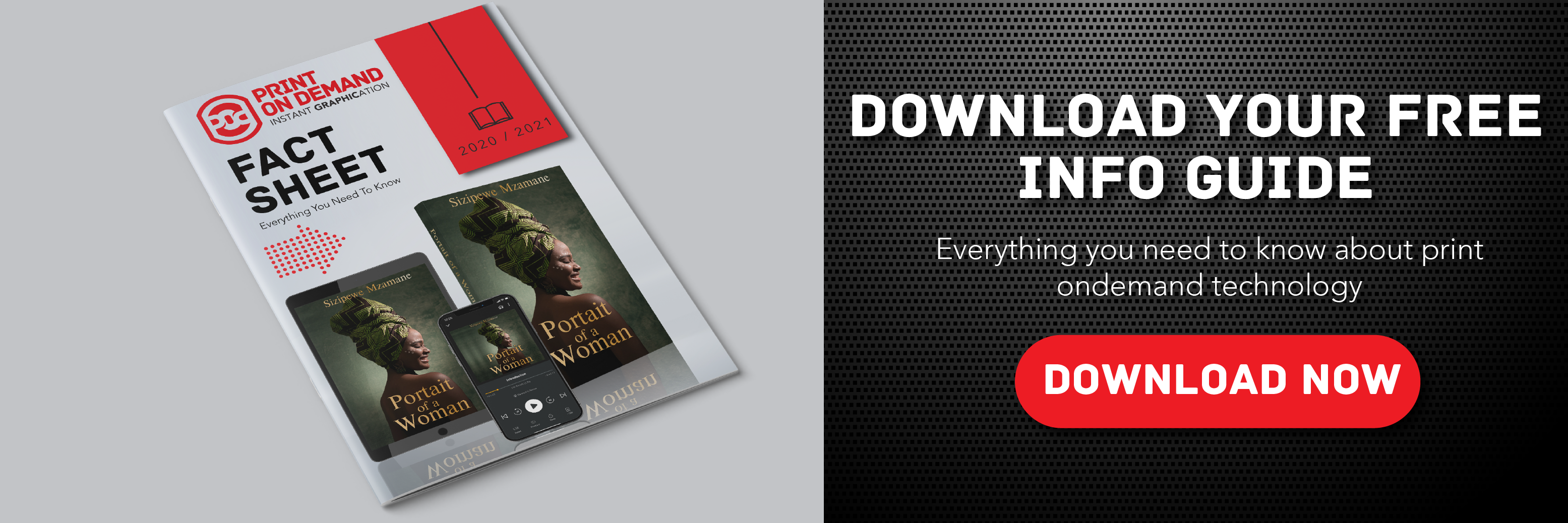Short-Run vs. Long-Run Package Printing
Every industry has its own unique jargon. To an outsider or somebody making their first tentative foray into a new space, it can be very daunting. The printing industry is no different to any other industry. It is a complicated and specialized place and something that has become more diverse and complicated as it has expanded beyond the traditional realms of analogue printing and incorporated digital printing into its mix as well. With this in mind, it is time to look at the terminology short-run and long-run printing. What are they? How do they differ? Are there areas of overlap? What works best for whom – specifically from a packaging perspective where specific marketing ideas and strategies need to be implemented?
What is long-run package printing?
Unless you have done it quite recently if you have ever needed to have something printed it was probably long-run. A typical long-run print deal would involve a marketer sending their work to an offset printer who would print the items in a fairly large quantity. The exact size of the print run would vary. If you were the head of marketing at Shoprite you may well have a need for millions of flyers or promotional items. For long-run printing to be cost-effective you need to do large runs to ensure that the costs of setting up the job are offset by the volume. The reality is that a long-run company could produce as few items as you might want if money was no object, but the cost per unit would simply be prohibitive if you were hoping to come in inside of your budget.
Writing for mywordpublishing.com author and blogger Kerry Roepke makes a case when talking about book printing where a similar logic applies. She points out how the allure of bulk discounts can backfire badly as she says, “You don’t want a garage full of books that you may or may not sell. That discount might look nice in the beginning, but if you end up only selling a couple hundred copies or worse, you might be operating at a loss. Then you must decide what to do with all those books in your house. Those are some expensive coasters.”
What is short-run printing?
Short-run is exactly the same as long-run, with one major exception. As with long-run you would send your files off for printing, but instead of needing to print a minimum in order for it to be viable, with short-run you only need to print the number of items that you actually need. In other words, if you have put something together and you only need five copies (or for that matter, just a single copy), then a short-run printer will do that for you. Short-run package printing is also referred to as print on demand. In other words, the technology that they use allows them to print one or two items at a time without incurring any major costs.
In the old days if you needed a limited number of items printed you were forced to make photocopies or simply forgo packaging altogether. Now, when your customer places an order you can bespoke the packaging for them, produce a high-quality item and keep the costs manageable.

What works best for whom?
This is probably the million-dollar question and one, that when understood, makes all sorts of things possible for the marketing executive. The world is full of brilliant marketing ideas and strategies but many fail to see the light of day because they cannot be rolled out en masse. Bespoke implementations and campaigns that are individually targeted are simply deemed too complicated and too expensive and the default position of spray and pray marketing returns.
Perhaps we are labouring the point a bit, but the reality has changed significantly in recent times with the advent of print on demand technology. Quite simply short-run solutions mean that you only have to print what you can sell or what you need. This is quite obviously not a workable option for mass-market campaigns, but what it does mean is that where once printing was the domain of the big boys with big marketing budgets, now anyone can get in on the act.
Ultimately in choosing an option that is going to work for you, you need to have a good idea of the demand there will be for your product and the channels through which you hope to sell it. What marketing ideas and strategies do you have? Let’s use labels as an example. If you intend to sell wine with bespoke labels you might choose a long-run package solution for your father’s day labels but a short-run solution for bottles that will bear a specific person’s name. While you can confidently predict that you are going to shift lots of bottles of the former, you cannot very well have as many labels printed for every Willem, Gert and Muriel who might (or might not #lockdown), buy a bottle of your wine.
How do short-run and long-run printing overlap?
The most obvious way that these two printing options overlap is in the form of the end product. Quite simply, with both options, you will end up with a quality print. The second area where they overlap is in the form of cost-savings. It might sound odd that they both offer cost savings but they do – as long as you pick the option that best suits your needs.

Long-run ensures bulk discounts. It goes without saying that if you order 10000 units of your item that you will pay less per copy than if you order five. It is a huge win if you are comfortable that you will shift those units quickly. Nobody wants to sit with dead stock on their shelves. The flip side is that while the unit cost is higher with short-run, the capital outlay is much lower. So you only have to spend the cash you have as and when sales require. When it comes to printing things like annual reports and business books then short run packaging corporate printing is the solution.
Some people like to break it down further and debate the difference between print on demand and short-run printing. On Twitter British editor and writer, Martyn Lawrence points out that “POD is not short-run digital printing. It's the ability to sell something, and then print it. Short-run still involves stock holding of some kind.”
Taylor on some definitions: POD is not short-run digital printing. It's the ability to sell a book, then print it. Short-run still involves stock holding of some kind. #redux18
— Martyn Lawrence (@MartynLawrence) February 13, 2018
He is quite right too. But then perhaps in terms of where there is overlap, both short-run and long-run do require the holding of the stock. The major difference though is that the amount of stock that must be held with short-run solutions is negligible.
Ultimately though, each option has its merits. Each is able to offer the same end product. It is about the commercials in the middle and matching the needs of the client and their consumers that should be the determining factor when it comes to settling on a solution.





